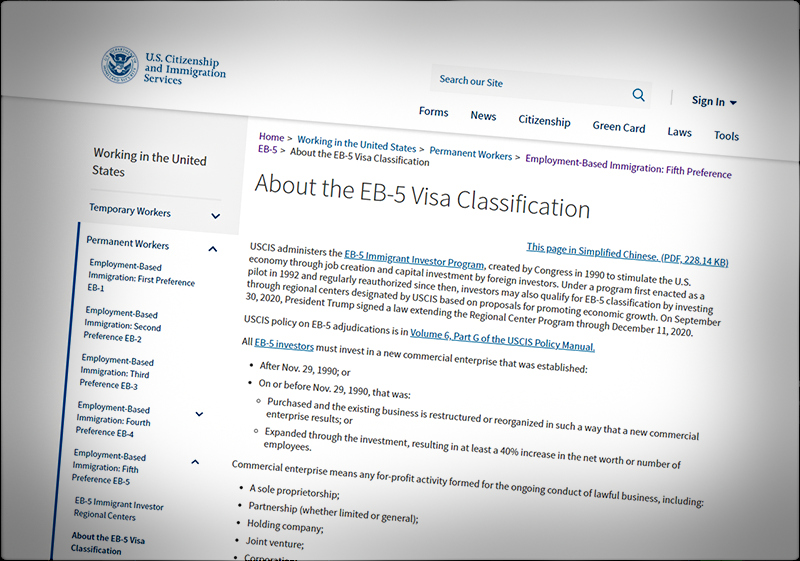
Who inside the U.S. benefits from the EB-5 (immigrant investor) program that Congress allowed to die (or at least lapse) at the end of June?
It is useful to compare the narrow interests that benefit from the American program to the much wider set of beneficiaries in the (now also defunct) Canadian equivalent, and the current Portuguese one.
The now-dormant Canadian program once sold immigrant status in return for a very public benefit. The alien had to make a substantial, interest-free loan to a provincial government, so everyone in that province (Quebec) was ahead. The program has since been suspended.
The Portuguese program calls for immigrant status if one bought a residence of a certain size in that country, thus boosting the nation’s residential real estate market, helping all who owned houses, or at least good-sized ones. It also requires the alien to spend two weeks in the nation every two years, thus helping the tourist industry.
Note that the Canadian program had useful province-wide benefits and the Portuguese one has a nationwide utility.
In contrast, the American program, as it operated in the past, was a major boon to two narrow sets of people; most of the goodies showered on big city real estate developers, such as those who built places like Hudson Yards, on Manhattan’s West Side, and similar lush projects in Los Angeles and Dallas; this also opened some jobs for union construction workers in some cities, brief jobs, but jobs nevertheless. (The unions, as far as I can tell, have not joined the fight to restore the program.)
More specifically, EB-5 money is captive money. The only thing it can be used for is to subsidize a project that has been recognized by, but not guaranteed by, the Department of Homeland Security. The money has to be invested through on of the DHS-recognized regional centers. That money used to come in $500,000 batches, but in November, 2019, DHS raised the minimum ante to $900,000. (There is also a tiny segment of the EB-5 program that allows aliens who will start or take over and run a specific business to get their green cards this way, but it is seldom used. That part of the program was permanently authorized by Congress, and will continue, whatever happens to the regional center part of it.)
Since the EB-5 money is captive, it cannot be deployed freely; you cannot buy either stocks or bonds with it, or lend it to the highest bidder, as an alien (or American) can outside the EB-5 market. This reduces its income-producing power to about 1 percent a year.
While that’s bad news for the aliens, it is great news for the tiny subset of U.S. businesses involved in the program. What happens routinely is that the regional center sets up a nominal for-profit company whose sole business is to transfer the alien’s money to a regional center-favored developer for what is called "mezzanine financing" at an interest rate of about 1 percent a year.
As background, most big city real estate projects use three kinds of capital:
- the developer’s own money, often the ownership of the land;
- asset-based loans from banks that have a mortgage on the development;
- mezzanine financing, i.e., loans without any collateral.
Given the greater risks in mezzanine lending, the interest rate required in the open market is relatively high, sometimes 10 percent or above. But EB-5 is not an open market, so the developers get 1 percent loans instead of 10 percent loans. You can understand their enthusiasm for the program.
Incidentally, one of the reasons for the long-term suspension of the Quebec program was that while the money wound up in Quebec, another element of the program was ignored by the rich Chinese who were the principal users of the program. To qualify they had to say that they intended to settle in Quebec. That proved to be impossible to enforce; most of those saying that would reside in Quebec chose instead to live in British Columbia, at the other end of the country, running up local real estate price in the process.
The lopsidedness of the deal – all the money to Quebec and nearly all the migrants to BC – led the national government to suspend the program several years ago.
